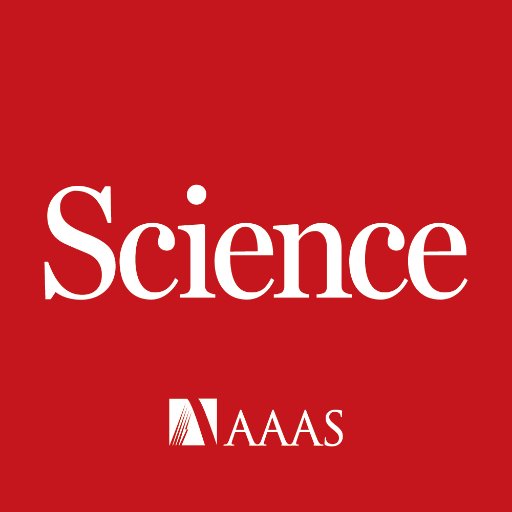
Paleopathology Association
@Paleopatholog10
Followers
585
Following
669
Media
48
Statuses
597
The PPA is a global community composed of researchers and students with backgrounds in biological anthropology, archaeology, medicine, biology, and zoology.
Joined February 2022
The PPA Jane Buikstra Author award goes to Raffaele Gaeta for her contribution: "Histology of pulmonary tuberculosis in a 19th-century mummy from Comiso (Sicily, Italy)". Congratulations with this exciting publication and well-deserved award!
0
0
3
The PPA congratulates both authors with obtaining the awards for their fascinating and outstanding work!
0
0
1
The PPA Arthur Aufderheide Student Author award goes to: Jack Eggington for his contribution " A macroscopic assessment of porosity and new bone formation on the inferior pars basilaris: normal growth or scurvy."
0
1
1
The prebiotic properties of human milk could be harnessed to treat a common bacterial strain known to cause problems during pregnancy – including triggering premature birth.
newscientist.com
The prebiotic properties of human milk could be harnessed to treat a bacterial strain known to cause problems for immunocompromised people – and trigger premature birth
0
6
12
Scientists have discovered a plethora of tattoos on a Siberian ice mummy who lived more than 2000 years ago, suggesting that the etchings were widespread in prehistory.
newscientist.com
Tattoos may have been widespread in prehistory, with scientists discovering a plethora of body art on a pastoralist who died in the 3rd or 4th century BC
1
4
13
A new @SciImmunology study identifies cytotoxic #Tcells with enhanced effector function in tumors, which could be leveraged for #cancer treatments. https://t.co/0KJWvuq07M
5
10
50
An 8th-century monastery in #Cookham may have been one of the UK’s first hospices. Excavations by @UniofReading archaeologists resume today, to discover more about its Anglo-Saxon burials, which showed signs of trauma, tumours and long-term illness. 🔗 https://t.co/r2WOcmPpah
0
3
4
Dear PPA Member, We welcome nominations to four posts this year for the PPA Board of Directors. Check your email for the summary of duties and nominate yourself or someone else via paleopath.secretary@gmail.com. Please make sure to do so before the 30th of September!
0
1
2
This article innovatively synthesizes modern data with that from two archaeological datasets to investigate risk factors that affect overall oral health regardless of differences in antemortem and postmortem dental conditions.
0
0
1
Volume 48 Highlight has been chosen: "An 'Index of Oro-Dental Disease': a holistic method for understanding the impacts of different risk factors on oral health in archaeological populations" by Davies-Barrett et al.
1
2
3
Looking for PhD or postdoc opportunities? Check out this project website and the job offers! https://t.co/BpfKn51CLL
0
2
4
The IJPP Early Career Conference Prize, an Elsevier Sponsored Award in recognition of a strong contribution to paleopathology, was awarded to: Dr. Jenna Dittmar for her poster on: Osseous changes associated with hallux valgus deformity: a cadaveric study.
0
1
4
Margot Serra, for her poster on: Life and death by the sea: paleopathological insights from an early preceramic individual from the Paracas Peninsula, Peru
0
1
5
This year’s PPA Eve Cockburn student prizes are: Isobel Grimley, for her presentation on: We are all formed in frailty and error: childhood health and development in early medieval England and the Isle of Man 1/2
1
3
8
Margot Serra (runner up) with her poster on: Life and death by the sea: paleopathological insights from an early preceramic individual from the Paracas Peninsula, Peru
0
1
3
Check out this year’s posters. They are live!!! The posters are part of the upcoming annual PPA conference in Baltimore.
0
0
2
The PPA Newsletter for March 2025 is out! Enjoy:
0
1
5
Q fever? Yes! It's an overlooked zoonotic disease with the potential to affect human populations. Learn more about it here:
0
1
1
Don't assume that cranial fluctuating asymmetry is irrefutably associated with physiological stress! Read how Harripershad et al. carefully explore this assumption:
0
1
3





